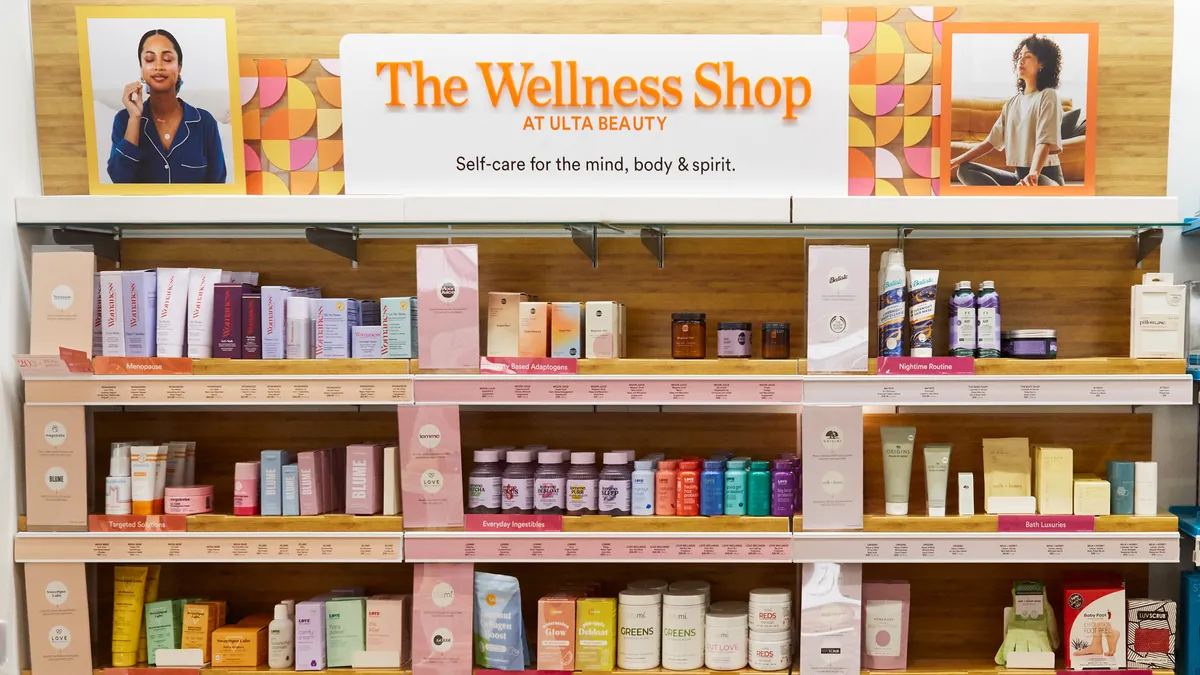Amazon, Uber, and Google are the big names in retail disruption these days, not to mention a host of startups and other players finding ways to leverage the demand economy or enter fields previously reserved for others. Luxury department stores are growing off-price outlets, brick-and-mortar retailers are boosting e-commerce, and pure-play e-commerce retailers are opening physical stores.
But a quiet revolution is building as retailers like drugstores, general merchandise stores, and grocery stores are taking advantage of a new financial picture in healthcare, spurred in part by President Barack Obama’s Affordable Care Act. As this revolution grows, customers are starting to see these businesses offer actual medical services in addition to traditional health and beauty products.
CVS pivots and rebrands
Although this movement began a few years ago, CVS may be the poster child for a new healthcare retail environment. In February 2014, the drugstore retailer shocked many when they announced the end of tobacco sales in its stores — a sacrifice of some $2 billion in sales.
But the move was integral to the company’s pivot to being a serious healthcare delivery player, said the retailer’s chief medical offer, physician Troy Brennan MD, who also holds a degree in public health.
"This shows ... we're in health care to stay and we're really serious about managing patient care and population health," Brennan said in September, when the company announced later in the year that it was actually ending tobacco sales even earlier than it had anticipated.
That’s also when the retailer rebranded itself from CVS Caremark Corp. to CVS Health, putting its healthcare delivery goals front and center. By November, the company was able to recoup much of its losses from its tobacco sales cessation with an uptick in pharmacy sales. And this year the company announced its acquisition of pharmaceutical sales company Omnicare, which would greatly expand CVS Health’s pharmacy services and could give it greater clout in its dealings with pharmaceutical companies.
The retailer's changes helped move it into the top 10 of Fortune magazine's 61st "Fortune 500" list in June.
"Within the last year, the company swept cigarettes off its shelves, changed its name to CVS Health from CVS Caremark and made plans to expand its in-store health clinics by about 600 locations by 2017," Fortune wrote of how the company moved up from number 12. "The moves position CVS Health, which operates about 7,700 retail pharmacies and 900 walk-in clinics, as an equipped provider for patients."
The new meaning of 'retail health'
Drugstores and general retailers like Target have been offering minimalist healthcare services like flu shots and blood pressure screenings for a while now. But what Target, CVS, and other retailers with pharmacies (like general retailers and grocery stores) are planning amounts to a major expansion of clinical health services. These companies are leveraging their brick-and-mortar presence and their existing product lines to meet what experts say is a real need.
In California, for example, HMO Kaiser Permanente has teamed up with Target stores to offer urgent care from nurse practitioners and vocational nurses in store and consultation with physicians remotely from those locations.
Kaiser SVP Chris Stenzel says that the move means Target will be a place to get not just vaccines or strep throat tests, but also broader pediatric care, well-woman care, family planning and chronic-illness management, with the store-based clinics operating more like a primary-care setting.
In addition to clinical services, CVS Health also has initiatives and tools through its online MinuteClinic that promote and guide patients to preventive services and healthy lifestyle choices, which the retailer has coordinated with government programs.
Rite Aid, which in February announced the acquisition of pharmacy benefit management company Envision Pharmaceutical Services, is also offering more clinical services in many locations.
And it’s hardly just Target, CVS, and Rite Aid. Wal-Mart Stores, Inc., Walgreens, even Whole Foods are just three of the other retailers that are expanding clinical healthcare offerings in one way or another.
“There is no doubt that retail is making a big bet on health care. If it succeeds, the payoff will be enormous. But just as Uber is at war with the taxi industry, retailers will soon be at war with the large, publicly-traded health care chains,” writes health care consultant Tom Greene of Alliant. “The nation’s largest health care chains will not sit idly by and watch their marketshare erode. In order to win the loyalty war, the nation’s retailers will have to embrace an Uber-like ecosystem that places a premium on convenience, availability, and access.”
Strong consumer interest and the ACA
These retailers are responding to fundamental shifts in healthcare. For one thing, consumers are increasingly open to receiving medical care in non-traditional settings, according to research from management consulting firm Oliver Wyman.
Some 79% of respondents in a 2013 survey by Oliver Wyman, for example, said they were interested in receiving care for minor healthcare episodes in an alternative setting, with 61% saying they’d go to a walk-in clinic or urgent care center. But 36% said they’d go to a pharmacy-based clinic, 24% said they’d go to a discount retailer-based clinic, and 20% said they’d go to a grocery store-based clinic.
That could only grow as retailers continue to partner with trusted medical teams and organizations, market these services, and provide convenient and affordable options for certain kinds of care.
“We had really expected interest in retail and remote care to correlate pretty strongly with age and health status. It’s reasonable to think that older consumers would be more conservative about wanting a traditional doctor’s office, that the youngest would be more open to telehealth or virtual care, and so forth,” Oliver Wyman said in its report. “But that’s not what the survey showed. Instead interest and willingness to try cut across both clinical and demographic lines.”
The Affordable Care Act has also helped accelerate these efforts, providing many more Americans with more healthcare coverage, lowering the cost of certain services and medications (like vaccines and birth control), and expanding Medicaid, the state-federal program that provides medical coverage for poor people who aren’t working or don’t have access (sometimes for financial reasons) to health coverage through their employers.
Headwinds
None of this is a slam, dunk, though. For one thing, depending on how it’s decided, a case before the U.S. Supreme Court challenging the ACA’s federal exchanges in some states could gut subsidies that many Americans enjoy thanks to the law and could hamper their new-found spending power.
Several governors have also so far resisted expanding Medicaid in their states, and in some cases have targeted the program for cuts. That, too, could help send many Americans back to hospital emergency rooms, where by law they can’t be denied care even if they can’t pay, rather than to doctors' offices or retail clinics.
Not surprisingly, some healthcare providers and physicians groups are wary of the trend of health services being available at retailers. Last year the American Academy of Pediatrics warned that kids should only be treated at places like drugstores if their pediatricians are informed of the visits and the outcomes.
CVS and Walgreens responded to that by saying that their clinics are often open when primary care physicians are unavailable, that they do communicate with patients’ regular providers, and that they employ well qualified healthcare providers. Indeed, these retailers may be helping boost healthcare access by providing services at prices and times that benefit consumers, experts say.
"Great strategy is when it benefits you, and it benefits others as well," Jeff Hoffman, healthcare strategist at New York-based Kurt Salmon, told HealthLeaders Media. "It's a win for [retailers] and a win for the people who need the access. The private-practice model doesn't work anymore. You can't make money on $30 a visit. That failure of that model has created huge gaps in access to healthcare.”
Gaps that, in turns out, some retailers are able to fill.






















